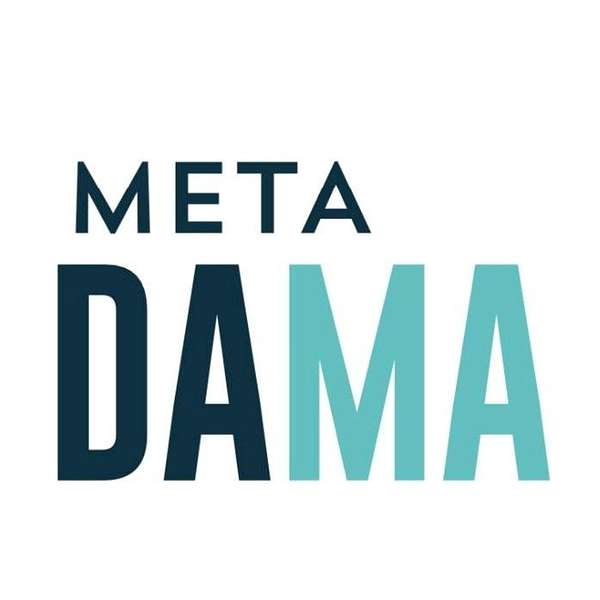
MetaDAMA - Data Management in the Nordics
This is DAMA Norway's podcast to create an arena for sharing experiences within Data Management, showcase competence and level of knowledge in this field in the Nordics, get in touch with professionals, spread the word about Data Management and not least promote the profession Data Management.
-----------------------------------
Dette er DAMA Norge sin podcast for å skape en arena for deling av erfaringer med Data Management, vise frem kompetanse og kunnskapsnivå innen fagfeltet i Norden, komme i kontakt med fagpersoner, spre ordet om Data Management og ikke minst fremme profesjonen Data Management.
MetaDAMA - Data Management in the Nordics
2#9 - Umair M.Imam - Sustainability & AI in Transportation (Eng)
«How can you use AI algorithms to make your city more sustainable?»
How can we use AI to work more sustainable and optimize our operations for less pollution and more efficiency? I talked with Umair, Head of Data Science, Data Warehouse and Artificial Intelligence at Ruter AS, the public transport authority in the Oslo region, the Norwegian capital. Umair is also a associate professor at OsloMet, teaching AI to bachelor level student, as well as founder and CTO of Bineric Crowdsourcing and founder of the volunteer organization Offentlig AI.
Public Transportation;:
- «Public transportation is complex, because data is not coming in from many different internal and external sources.
- «A bus can have minimum 20 sensors.» All theses sensors are sending realtime data.
- A huge amount of data is collected through external sources.
- Ruter is going away from centralized Data Management teams to more of a mesh approach.
- Data Mesh will give you a more complex data function, with need for more people and more organization and coordination.
- One team cannot have the full ownership for the entire data-driven prerogative of a company.
- 2 factors that helped Ruter succeed with Data and AI:
- E2E responsibility for the whole AI algorithm
- Create in Production and don’t overdue PoCs
Sustainability & AI
- Capacity prediction
- Predict capacity 3 days in advance, but possible up to 1 month in advance
- This gives passages the possibility to plan their trips better
- An operations team that sees a pick in traffic realtime, send additional busses to ensure enough capacity
- Through the prediction algorithm, fleet capacity can be reduced and it is easy to plan for balancing the load beforehand
- Fleet management
- The long term vision for Ruter is to work more with Order services. In the future you shouldn’t have to walk to a bus stop, but can order a bus to your home.
- The existing solution is for seniors (67+) and is tested in the Viken area
- But how can you ensure that the busses are close to an eventual future order?
- Ruter is training an algorithm to predict where orders might come from to ensure a bus is parked close by. This results in less driving and less emissions.
- To train the algorithm Ruter uses mainly historical information, but combined with e.g. weather information
- Analysis of customer feedback
- Sentiment analysis to see how happy/unsatisfied a customer is
Explainable AI
- «AI is just statistics on steroids!»
- Its hard to explain how a probability output is achieved
- That makes an AI algorithm a black box
- Developers create a set of tools and applications which can give insight on different factors how a decision was achieved by an AI algorithm
Quantum Computing
- Traditional computing is expensive and needs more time and resources to reach a specific output
- Volumes of data are constantly increasing
- This was a research project together with OsloMet
- Quantum computing was cheaper to work with then traditional computing
- Quantum Computers are more sustainable and energy efficient
